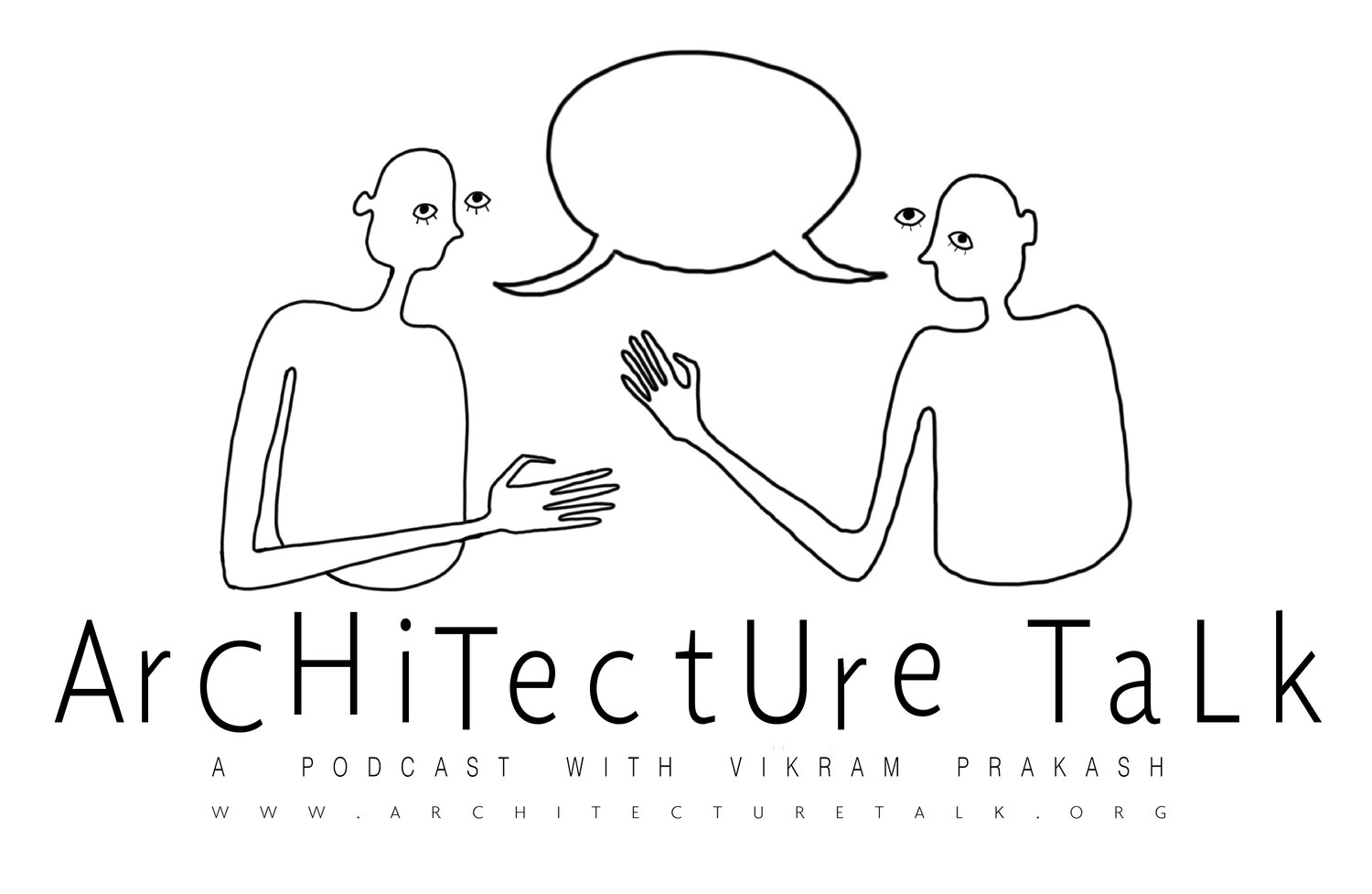93. Demolition of Kahn's IIM Dormitories with Prem Chandavarkar
Original Drawing by Tori Haynes
“I have to design so that I facilitate a process of inhabitation that breeds value. That is my challenge…and I believe that the meaning of an architectural work does not spring from its moment of creation, but from a process of inhabitation over time.”
Prem Chandavarkar
The basic issue is: what do we recognize as heritage? What is worth remembering? And who decides? This week, Prem Chandavarkar and Vikram Prakash converse about recent developments at the Indian Institute of Management Ahmedabad (IIM) where controversial deliberations have led to the decision to demolish a large swath of dormitories on its campus designed by Louis Kahn.
Timestamp Outline
1:00 Introduction to Prem Chandavarkar
2:46 Introduction of the issue: the proposed demolition of 18 dormitories designed by Louis Kahn at the Indian Institute of Management (IIM) Ahmedabad.
7:30 Michael Walzer on the paradox of National Liberation movements. “A lot of liberation movements have led to fundamentalist counter-movements.”
9:40 “There’s this notion of a qualifying age, which I pointed out as quite nonsensical because if you reduce heritage to a qualifying age, then what future generations call heritage would be restricted to what escaped demolition before it reached that qualifying age - which is quite a nonsensical definition of heritage.” PC
10:00 “...returning to this provocation that we must always look ahead and not behind is a neo-colonialist way of thinking, which in a sense was coded into the Modern India political imagination...even by the Nehruvian nation-state...so this [the demolition of the IIM dormitories] is a continuation of that idea.” VP
12:00 Nehru
13:42 “The basic issue is: What do we recognize as heritage? What is worth remembering? Who decides?” PC
13:50 Functional needs, cultural heritage, available resources - the three parameters of assessment for demolishing. PC
15:10 “As a nation, we have to confront this question of what we call heritage. I have been arguing that it is a mistake to perceive heritage as belonging solely to the past. It is actually a very contemporary moment where we look at the past and have the discernment to choose what is worth remembering...it could be something that happened 500 years ago, or it could be something that happened yesterday.” PC
16:00 discussion of criteria of “things worth remembering,” instilling awe and wonder
19:30 discussion of the autonomy of architecture...some writings on this very question: Kenneth Frampton; Stanford Anderson; OPENSYSTEMS Architecture
23:30 “I have to design so that I facilitate a process of inhabitation that breeds value. That is my challenge...and I believe that the meaning of an architectural work does not spring from its moment of creation, but from a process of inhabitation over time.” PC
27:00 “The Eyes of the Skin,” by Juhani Pallasmaa
27:25 “As an architect, I can’t control how a person chooses to lend their perceptions, I can’t control how they emancipate them, but as an architect I do control the aura. It is an important word which is neglected in architecture, which is a spirit that emanates from a person or thing...so the creation of that aura and the dialogue between aura and inhabitant is important.” PC
28:00 Aesthetics of Absorption and Aura
28:20 Lutyens Central Vista
31:30 “...solving this dilemma of the autonomy of architecture...one the one hand, it is necessary to carve out architecture as a disciplinary space which has its own focus, skills, and protocols. That autonomy comes from what the architect does, which nobody else does which is to order space and order experience in space...but how do you construct that autonomy without being overly self-referential?” PC
32:30 Proposition and Diagram
34:20 Question about the relationship between the client and architectural agency as inserted in the social matrix.
41:20 What is the state of architectural practice in India today? VP
42:40 Imagination of the city
44:20 Next steps for IIM






